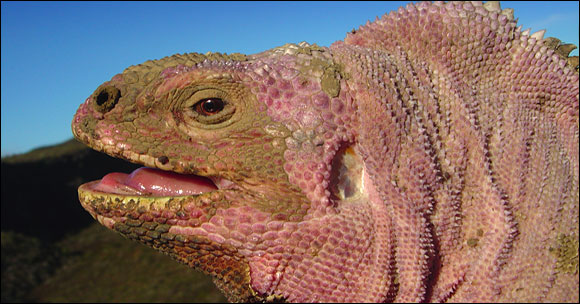
In the year that may yet see the Galapagos Islands named one of the New7Wonders of Nature, the Galapagos Conservancy is moving ahead with its plans to preserve and restore the Galapagos’ extraordinary biological wealth and diversity. With the help of scientists and staff at the Charles Darwin Research Station and the Galapagos National Park, it has an ambitious agenda of field projects lined up this year.
Although the UNESCO World Heritage Committee voted to remove the Galapagos from its list of Sites in Danger, a decision that reflects well on the conservation progress by the Ecuadorian government, a lot remains to be done. For example:
- More than 40 Galapagos species are still critically endangered — including the Floreana mockingbird that helped inspire Darwin’s theory of evolution.
- Introduced plant species now outnumber native species by 800 to 550.
- Urban areas on the islands of Santa Cruz, San Cristóbal, Isabela, and Floreana continue to struggle with water, sanitation and energy demands as a result of rapid population growth.
For 25 years now, the Galapagos Conservancy has been building partnerships with island communities and providing grants, resources and training. Its Project Floreana is set to become one of the most far-reaching conservation campaigns ever conducted in the Galapagos, while the conservancy’s efforts to restore the giant tortoise populations on the islands of Pinta and Española are regarded as especially significant.

